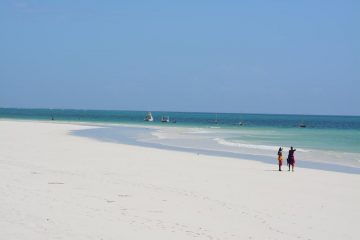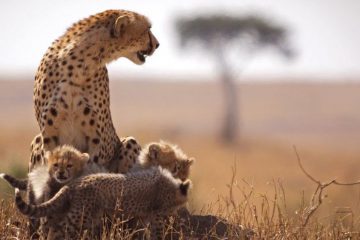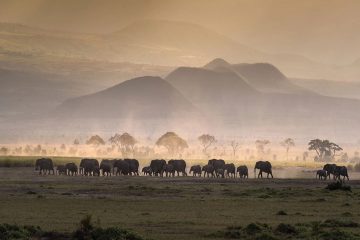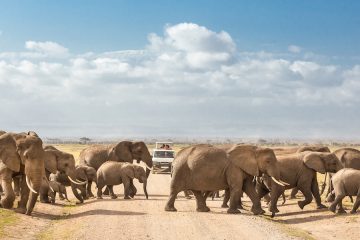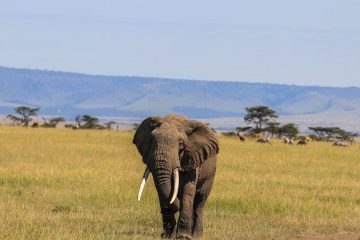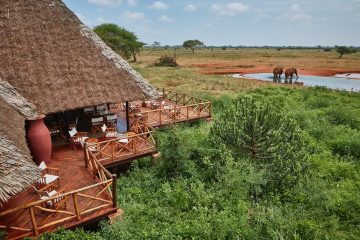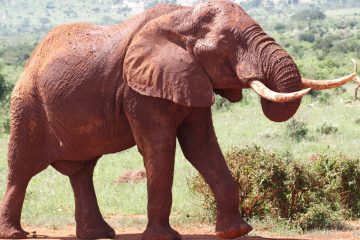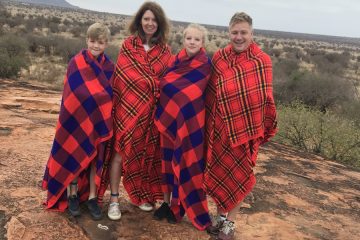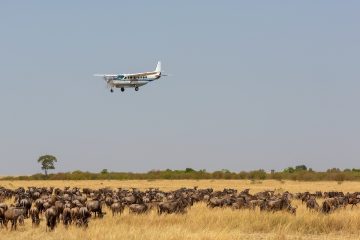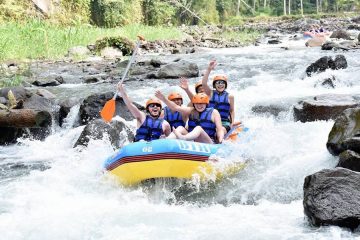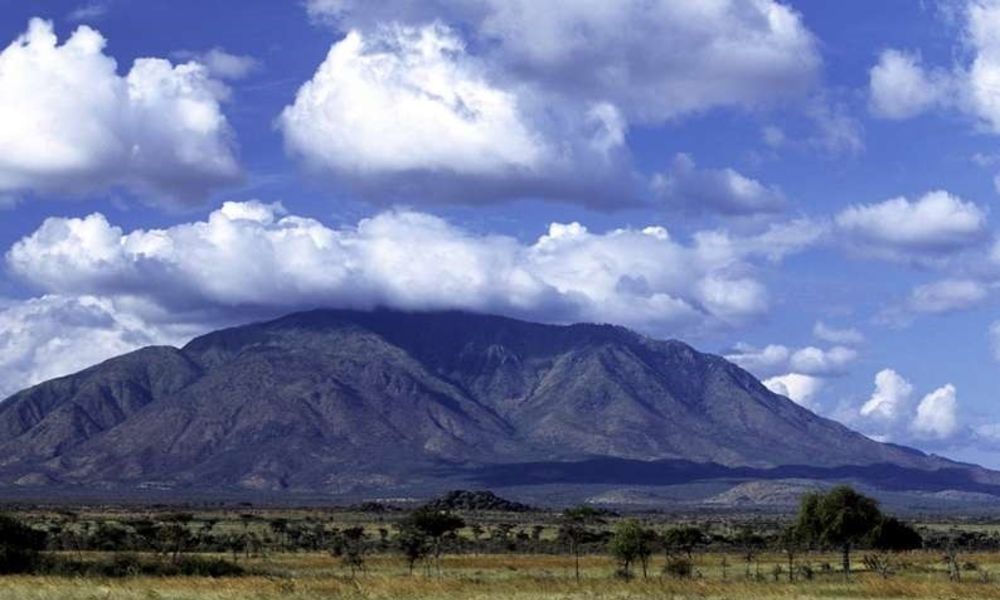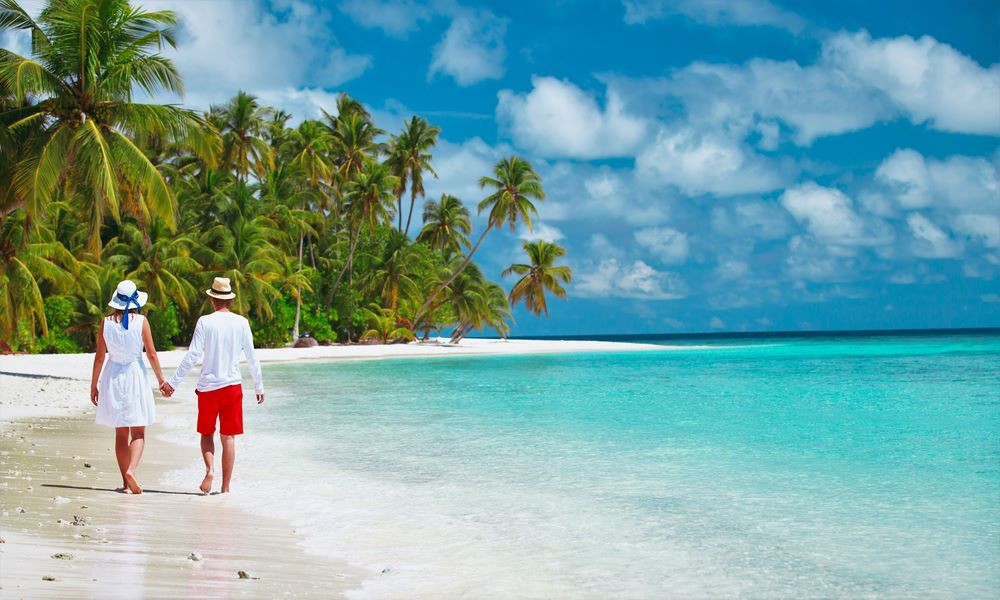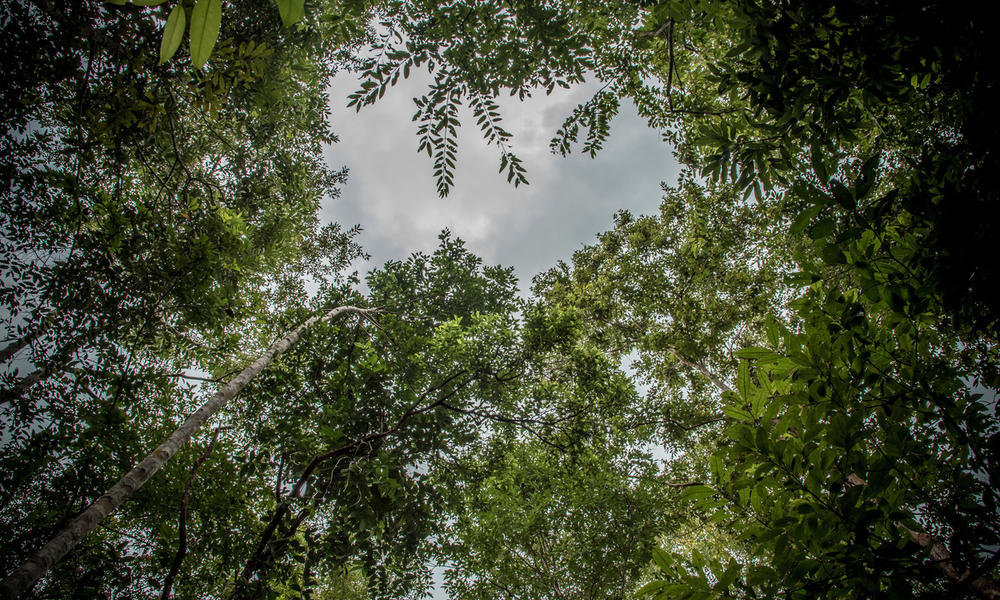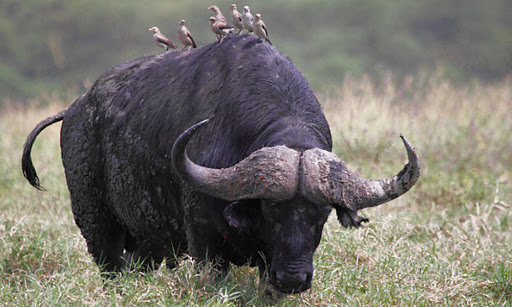Solio Game Reserve is situated in the Central Province of Kenya within the valley between the phenomenal slopes of Mountain Kenya and the undulating summits of the Aberdare Mountains. today the reserve is home to more than 245 black and white rhinos and is regarded among the best places to have a Kenya Wildlife Safari to visit these growingly scarce land giants.
Solio Game Reserve is an enclosed privately-owned sanctuary whose main purpose is preservation of wildlife. It sits on 17,500 acres and lies 22 km north of the Town of Nyeri. Solio significantly helps in the conservation of Kenya’s black rhino species through breeding, and because the Rhinos are among the ‘Big Five’ which are very popular among tourists the reserve is a major contributor to Kenya’s tourism. Solio Game Reserve is acknowledged among the very prosperous private rhino game reserves in Kenya.
The Reserve is the most ancient privately owned rhino sanctuary in Kenya and was developed out of Solio cattle ranch back in 1970. At first, the main goal was to breed the then highly threatened black rhinos and then it begun a breeding project for white rhinos beside the black rhinos. When the population of the rhinos started to expand, the black and white rhinos started to be shift to different conservation areas in Kenya such as Lewa, Lake Nakuru National Park as well as Ol Pejeta. When poachers started killing rhinos in Solio, in 2005 it began a photographic database of all the rhinos that reside in the park in order to ensure that every animal is watched over and monitored. Right now, Solio Game Reserve has over 45 black rhinos and over 185 white rhinos.
History
Solio Game Reserve was set up in 1970 when the then owner of Solio Cattle Ranch, Courtland Parfet gazetted a huge portion of his land and set it apart for conservation, and from then on, breeding of the rhinos has been very prosperous in Solio and they have supplied game parks throughout Africa with these rhinos.
During the years from 1970 to 2003, the number of African black rhinos took a huge hit falling from 65,000 to approximately 3,725 worldwide. In Kenya only, the numbers had dropped from 18,000 to approximately 1500 by 1980 and ten years later, this number has sporadically dropped to just 400 rhinos in 1990. If these numbers are to be expressed as percentages, the numbers of the African rhino declined from 28% to just 12% of the total population internationally. This huge decline was a result of increased poaching within and around the game reserves and national parks since there was poor anti-poaching enforcement and limited restrictions regarding wildlife protection.
Rhino Conservation in Kenya
Unfortunately, after a fire broke out at Solio Game Reserve in 1990 that led to the destruction of all documents as well as records about the rhinos at the ranch, the numbers of the rhinos was then left to be simply approximated. In 1992, there were about 66 black rhinos however in 2005 approximate number reduced to 55 animals following a rise in poaching. Because a huge section of Solio Ranch is comprised of verdant bush monitor of the rhinos became very challenging and in fact observation of individual rhinos was predisposed to mistakes.
The Kenya Wildlife Service (KWS) during March 2013 acquired a new administration system for the preservation of black rhinos in Kenya. The excess rhinos from the different game reserves as well as private land were used to stock the new reserves and national parks.
The main objective of the Kenya Wildlife Service strategy was for the population of the black rhinos to grow by about five percent (5%) per year and get to a sum of 500 rhinos by 2005, 650 by 2010 and hopefully to 1000 rhinos by end of 2020.
How to differentiate between a black rhino and a white rhino
White rhinos (Ceratotheriumsimum) can be divided into two distinct subgroups; they come to 1440-3600 kg and have a broad, square lip that enables them to feed. They are grouped as close to endangered since there are only 20,170 white rhinos remaining in the whole world. Solio Game Reserve had more than 155 white rhinos by 2009. Black rhinos prefer thick bushes and lift their heads high; their mouth is in the shape of a triangle, curved upper lip adapted to removing leaves off bushes as well as low-growing trees.
Black rhinos (Dicerosbicornis) can be subdivided into four distinct subspecies; they come to 800-1,400 kg and have somewhat small, hook-shaped mouth that enables them to navigate leaves from bushes and trees. They are categorised as very threatened and there are about 4,800 black rhinos left in the wild, and Solio Game Reserve had only 73 black rhinos by 2009. The white rhino’s name is a bit misleading, and it’s in fact alleged to have been a result of the wrong pronunciation of the Dutch word for ‘wide’, which describes the square shaped upper lip of the white rhino. The white rhino has a longer neck, feeds on grass, a bigger head and is slanted downward toward the ground. The white rhinos are generally heavier and bigger than black rhinos. The colonial trophy hunters classified the black rhino with the lion, elephant, buffalo plus the leopard among the ‘Big Five’ since they are more vicious of the two rhino species and they are quicker and very volatile.
Bird Watching in Solio Game Reserve
Solio Game Reserve is also an excellent place to go for bird watching. The wattle forest at the centre of the reserve is cut across by a river that sometimes changes into a marsh-like area, especially in the dry season. This place is a sanctuary for birds and has recorded over 300 different species including the Montagu’s Harriers, buzzards, European rollers, long-crested eagles, flycatchers, eagle owls among others. On a lucky day, you can also come across the European stork plus the crowned cranes in this game reserve.
Lions in Solio Game Reserve
In spite of a worrisome decrease in the population of lions in Africa, the number of lions in Solio Game Reserve has been able to remain constant in the recent years. Night game safaris were introduced in Solio in 2012 to see the lions as well as other animals. Hyenas, cheetahs, leopards as well as lions hunt during the night which makes night game drives an exciting adventure.
Activities to engage in while at Solio Lodge
Even though you can take part in the night game safaris, with the lower temperatures in Solio Game Reserve make most of the tourist activities to normally begin at about 7:30 in the morning after guests have had their breakfast.
Some of the activities you can take part in while at Solio include horse riding, walking, running as well as cycling close to the airstrip in addition to a number of secure areas outside the game reserve. You will be escorted by tour guides.
Where to stay in Solio Game Reserve
Solio Lodge
Solio lodge is situated on a private wildlife paradise, hidden within the valley in the middle of the towering slopes of Mountain Kenya plus the summits of the Aberdare Ranges, in the north of Kenya’s capital, Nairobi. This elegant lodge started operating in August 2010 and is the sole accommodation facility on the astounding Solio Game Reserve which sits on 45,000 acres.




